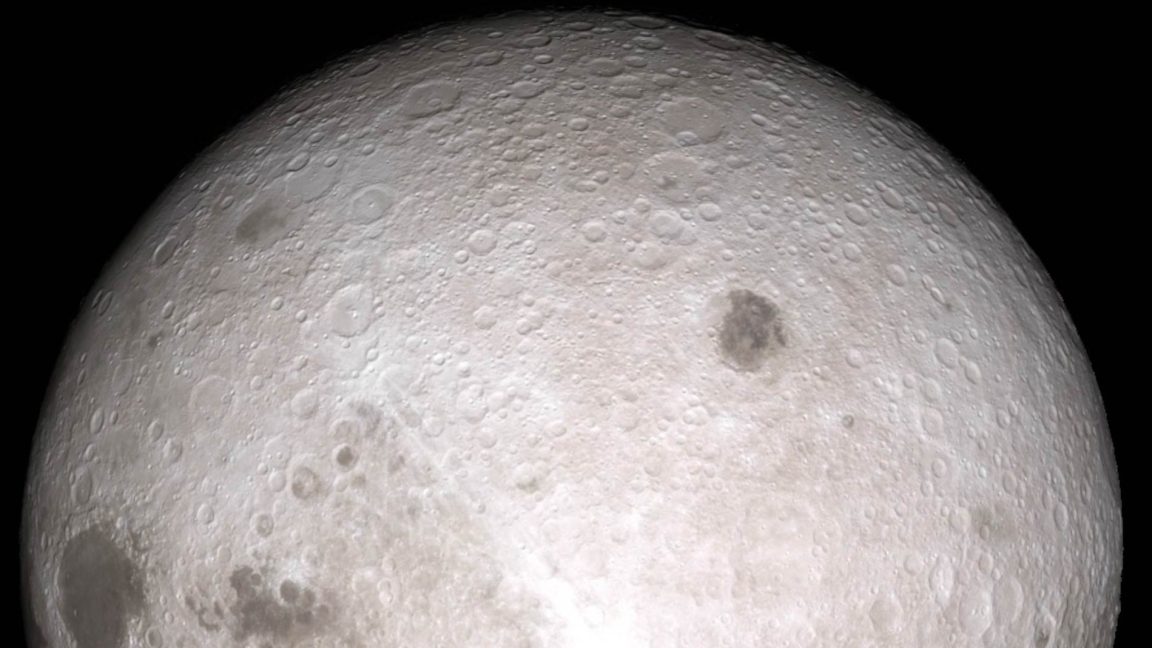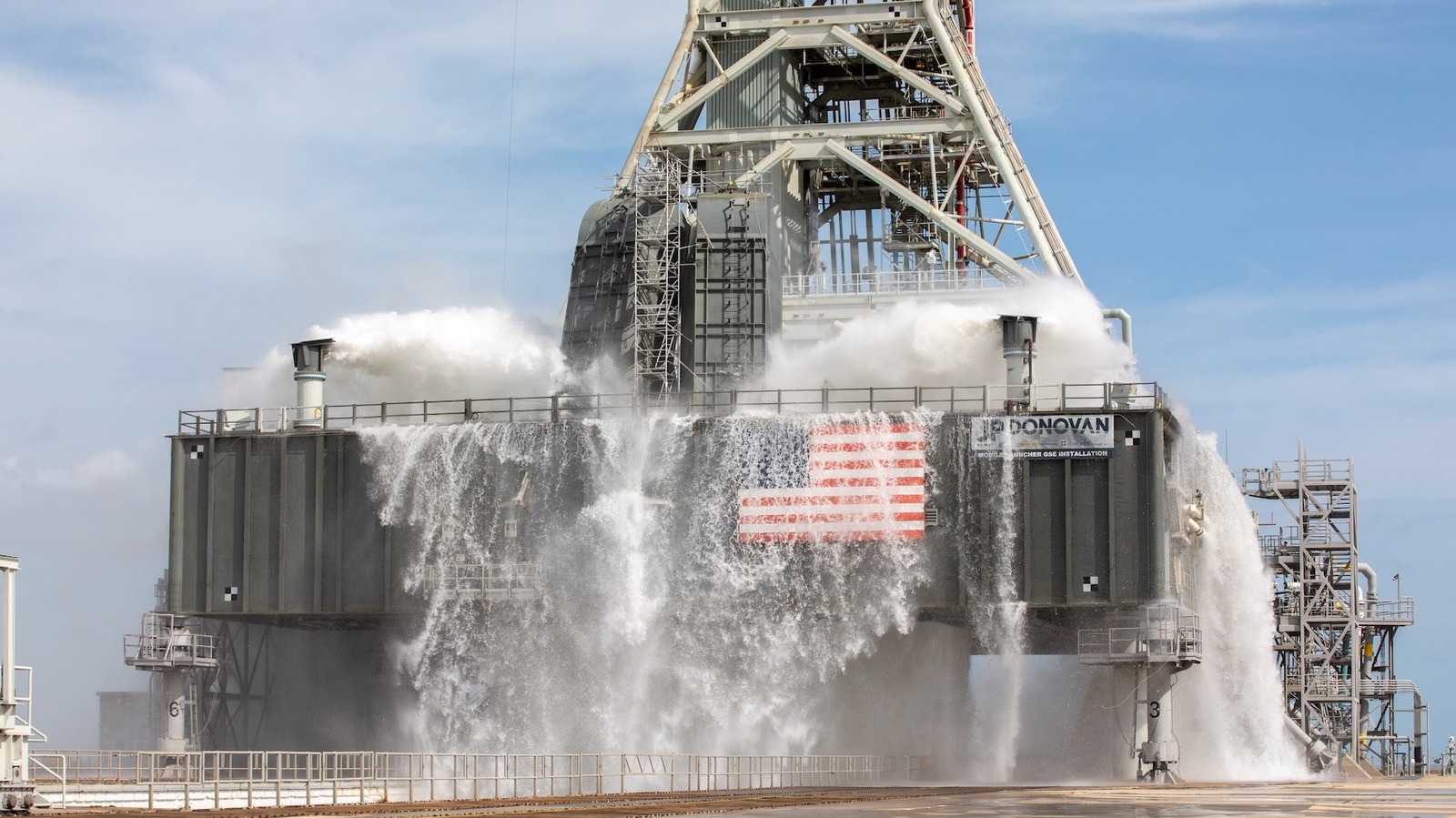NASA
NASA plans to build a nuclear reactor on the Moon-a space lawyer explains why

NASA’s Big Moon Bet—Nuclear Plants Could Transform Lunar Zones
What’s Happening?
NASA is spearheading plans to establish a nuclear reactor on the Moon, aiming to power long-term lunar habitats and operations. This groundbreaking initiative could redefine sustainable living and scientific endeavors in space, aligning with the broader push towards establishing a human presence beyond Earth.
Where Is It Happening?
The proposed nuclear plant will be constructed on the lunar surface, with initial efforts focused on the Moon’s South Pole due to its potential for water ice deposits and optimal solar exposure for additional energy solutions.
When Did It Take Place?
The mission is tentatively scheduled to launch in the early 2030s, following preliminary construction planning and technological preparatory work starting as soon as 2025.
How Is It Unfolding?
– NASA is partnering with private industry experts, including nuclear energy leaders, to design and test compact, high-efficiency reactors for space use.
– The nuclear reactor will serve as a critical power source to sustain lunar bases, enabling experiments, life-support systems, and resource extraction.
– China’s recent announcement of similar plans highlights the growing international competition to harness space nuclear energy.
– Environmental and safety protocols are being rigorously developed to mitigate risks associated with extraterrestrial nuclear technology.
Quick Breakdown
– NASA aims to establish a lunar nuclear reactor by the early 2030s.
– The technology will power habitats, scientific experiments, and resource extraction on the Moon.
– The reactor will complement solar power, reducing reliance on intermittent energy sources.
– International collaboration and competition drive advancements in space nuclear energy.
Key Takeaways
Establishing a functional nuclear reactor on the Moon marks a pivotal shift from early lunar exploration efforts to the creation of sustainable off-world infrastructure. This initiative addresses the fundamental challenge of reliable energy supply, which is crucial for manned missions and long-term habitation. By leveraging both nuclear and alternative energy sources, NASA and its partners are laying the groundwork for future space colonies, heralding a new era of cosmic expansion.
This endeavor is not just about energy; it’s about survival and innovation—a race to see who can tame the final frontier’s unforgiving environment.
– Dr. Emily Carter, Space Policy Analyst
Final Thought
The push to install a nuclear reactor on the Moon underscores the urgency and ambition behind humanity’s quest to explore and inhabit other celestial bodies. By solving the energy dilemma, NASA is not just powering machines—it’s powering dreams of interplanetary life and a multi-planetary future.
Source & Credit: https://arstechnica.com/space/2025/08/nasa-plans-to-build-a-nuclear-reactor-on-the-moon-a-space-lawyer-explains-why/
-

 New York2 weeks ago
New York2 weeks agoYankees’ Aaron Boone Makes Cody Bellinger Statement After Aaron Judge Injury
-

 New York1 week ago
New York1 week agoToday in History: Investigation into Andrew Cuomo released
-

 New York1 week ago
New York1 week agoSmall quake shakes the New York area. USGS says magnitude was 3.0
-

 Chicago1 week ago
Chicago1 week agoESPN Provides Strong Response After Chicago Sky Pushed To ‘Shut Down’ Angel Reese
-

 Chicago7 days ago
Chicago7 days agoChicago Sky HC Makes Dissatisfaction Clear Amid 1-10 WNBA Collapse in Angel Reese’s Absence
-

 Houston1 week ago
Houston1 week agoWhy isn’t Dustin May starting on Sunday for the Red Sox?
-

 Austin1 week ago
Austin1 week agoWho Is Austin Drummond? What to Know About Quadruple Homicide Suspect
-

 Houston1 week ago
Houston1 week agoCJ Stroud’s Mom Shows Uplifting Gesture to Houston Women After Sharing Texans QB’s Struggle

















